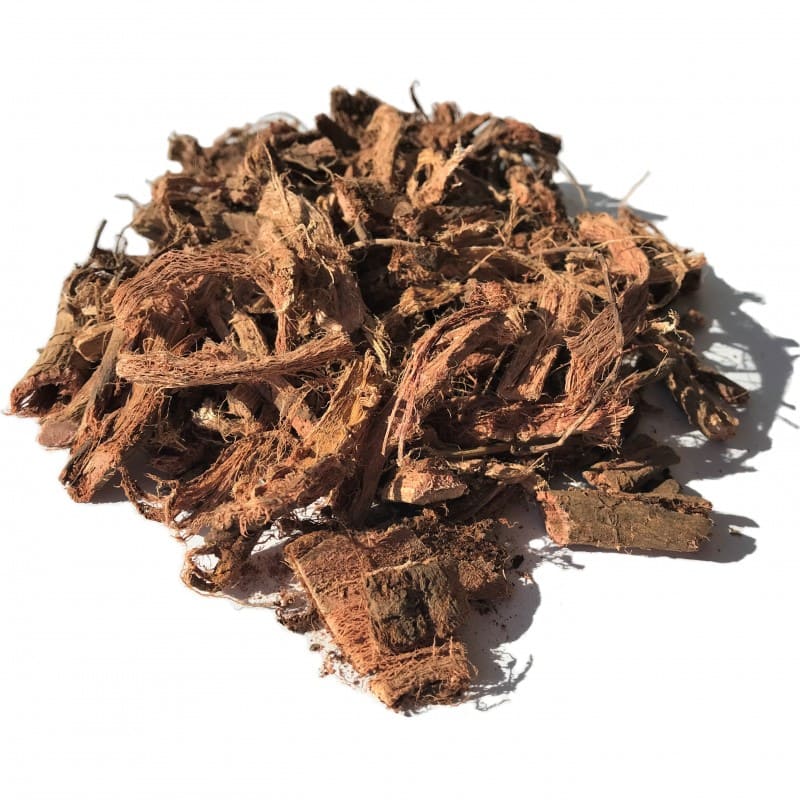Introduction:
Osha root, scientifically known as Ligusticum porteri, is a perennial herb native to the mountains of the American Southwest. It has been used for centuries by Native American tribes for its medicinal properties. Osha root is highly regarded for its potential health benefits, and its traditional uses have caught the attention of modern herbal medicine practitioners. In this comprehensive guide, we will explore the various benefits, uses, and potential side effects of osha root.
Benefits of Osha Root:
Respiratory Health:
Osha root has long been valued for its respiratory benefits. It is commonly used to address respiratory conditions such as coughs, colds, flu, and bronchitis. Osha root contains volatile oils and compounds, including camphor and saponins, which possess expectorant and antiviral properties. These properties help to relieve congestion, soothe irritated airways, and promote easier breathing.
Immune System Support:
The immune-stimulating properties of osha root make it a valuable herb for supporting the immune system. It is often used to enhance the body’s natural defenses against infections and diseases. Osha root is believed to stimulate the production of white blood cells, which play a crucial role in combating pathogens and foreign substances in the body.
Anti-Inflammatory Effects:
Osha root exhibits potent anti-inflammatory properties. It contains compounds, such as ferulic acid and coumarins, which help reduce inflammation in the body. These anti-inflammatory effects make osha root beneficial for relieving pain and swelling associated with arthritis, muscle injuries, and other inflammatory conditions.
Digestive Health:
Traditionally, osha root has been used to improve digestive health. It is believed to stimulate the production of digestive enzymes, aiding in better digestion and nutrient absorption. Osha root may also help alleviate symptoms of indigestion, bloating, and stomach cramps.
Antimicrobial Properties:
Osha root possesses antimicrobial properties that make it effective against various types of pathogens. It has been used to combat bacterial, viral, and fungal infections. Osha root’s antimicrobial activity is attributed to its volatile oils, which inhibit the growth and spread of harmful microorganisms.
Uses of Osha Root:
Osha Root Tea:
One of the most common ways to consume osha root is by preparing a tea. To make osha root tea, steep one teaspoon of dried osha root in a cup of hot water for 10-15 minutes. This tea can be consumed up to three times a day to support respiratory health, boost immunity, or alleviate digestive discomfort.
Osha Root Tincture:
Osha root tincture is another popular form of osha root preparation. Tinctures are highly concentrated herbal extracts that are easy to use and have a long shelf life. Osha root tincture can be taken orally by adding a few drops to water or juice. It is commonly used to address respiratory issues, enhance immune function, or reduce inflammation.
Osha Root Poultice:
A poultice made from osha root can be applied externally to soothe skin irritations, relieve muscle pain, or treat wounds. To prepare an osha root poultice, crush fresh or dried osha root into a paste and apply it directly to the affected area. Leave it on for about 15-20 minutes before rinsing it off.
Side Effects and Precautions:
While osha root is generally considered safe when used appropriately, there are a few precautions to keep in mind:
Allergic Reactions:
Some individuals may be allergic to osha root. If you experience any allergic symptoms, such as skin rash, itching, or difficulty breathing, discontinue use and seek medical attention immediately.
Pregnancy and Breastfeeding:
There is limited scientific information available on the safety of osha root during pregnancy and breastfeeding. It is advisable for pregnant or breastfeeding women to consult with a healthcare professional before using osha root.
Drug Interactions:
Osha root may interact with certain medications, including blood thinners and antiplatelet drugs. If you are taking any medications, consult your healthcare provider before using osha root to avoid potential interactions.
Dosage and Duration:
It is important to follow recommended dosages and not exceed the recommended duration of use for osha root. Prolonged use or high doses may have adverse effects on health.
Conclusion:
Osha root is a versatile herb with a wide range of potential benefits. From supporting respiratory health and boosting the immune system to providing relief from inflammation and aiding digestion, osha root has earned its place in herbal medicine. However, it is essential to exercise caution, especially if you have any pre-existing medical conditions or are taking medications. As with any herbal remedy, it is always wise to consult with a healthcare professional before incorporating osha root into your health regimen.
- Vape with Flavor: A Taste Adventure with Glowbar London’s E-Liquids - April 5, 2024
- Kratom Powder By Just Kratom-Exploring the Kaleidoscope of Kratom: A Personal Journey with Just Kratom’s Powder Collection - March 16, 2024
- Vape Juice By Kind Juice-The Ultimate Vape Juice Review Unveiling the Finest Selections - February 16, 2024




